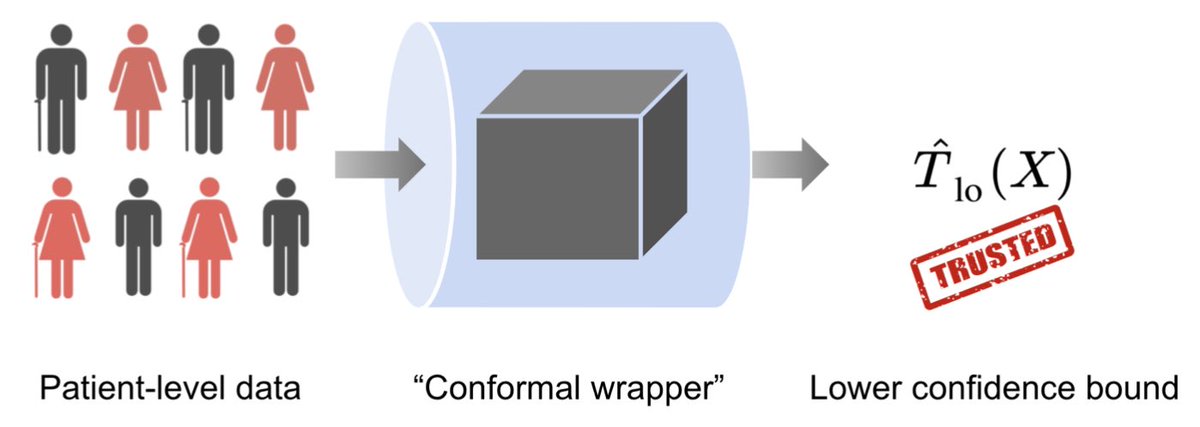
How to get URL link on X (Twitter) App


 Conformal Inference was designed for generating prediction intervals with guaranteed coverage in standard #ML problems.
Conformal Inference was designed for generating prediction intervals with guaranteed coverage in standard #ML problems.

https://twitter.com/CavaliereGiu/status/1492454733948362753Call F_2 & F_2^0 the classes of dists satisfying 1-3 & 1-4.


https://twitter.com/stats_stephen/status/1384525910846558220We consider the setting where a dataset of “inliers” is available. Existing outlier detection algorithms often output a “score” for each testing point indicating how regular it is.


 Survival predictive analysis is complicated by *censoring*, which partially masks the outcome. For example, the actual survival time is unknown for units whose event (e.g., death) has yet to happen. A common type is called the “end-of-study” censoring, illustrated below. 2/n
Survival predictive analysis is complicated by *censoring*, which partially masks the outcome. For example, the actual survival time is unknown for units whose event (e.g., death) has yet to happen. A common type is called the “end-of-study” censoring, illustrated below. 2/n